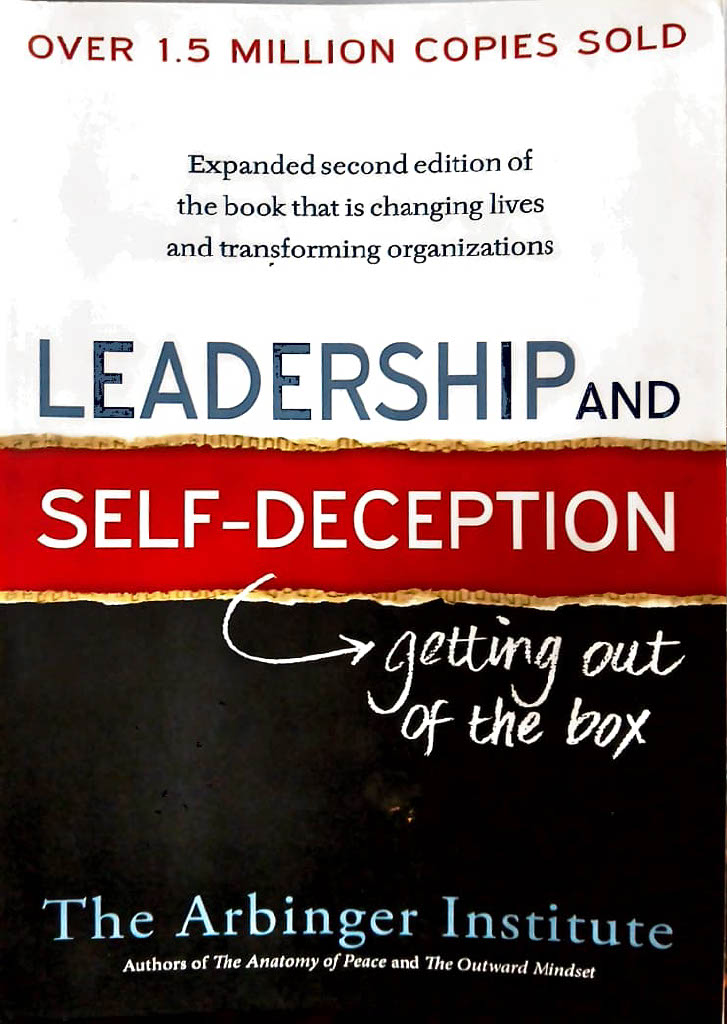Great software is created by the great teams. Therefore, building a team where team work happens naturally is a key to success with software development. Agile approaches to software development emphasize team work and advocate practices that promote collective ownership of goals, collective problem solving and decision making. However, despite such practices, additional measures are needed for the spirit of team-work to emerge in the team.
We know from Tuckman’s model that teams go through four stages – Forming, Storming, Norming and Performing. Skilled coaches help the teams to move from Forming stage to Performing stage quickly. One of the resources they use in this endeavor is the “Team Working Agreement”.
Team Working Agreement is created in the Forming stage of the team. In this stage, team members are new and engage in an attempt to understand each other. As the interactions increase, they build a mental model of how to interact with different individuals in the team and behave accordingly. However, this model may be different for different individuals. Team working agreement facilitates establishing a common ground for working in the team.
In the Forming stage, sometimes well-intentioned actions of a team member, may get misinterpreted and this may have negative impact on the personal relationship among some team members. Prevention of such misunderstanding and promotion of actions and behaviors for improving the team spirit is the purpose of Team Working Agreement. A junior person in the team may not be able to express his/her views if he/she sees that his/her views differ from those of the seniors. A Team Working Agreement which states, “It is OK to disagree with your team members. Express yourself freely”, explicitly encourages every individual to voice his/her disagreement. The team agreement may also provide some guidance on how to voice difference of opinion by stating something like, “No personal attacks, we only attack issues”. Team members who are shy of expressing themselves or carry the fear of becoming a laughing stock if they speak, would be able to get over their fear if there is a team agreement that states, “We question the merit of the ideas and not of the people”. All of us have some ideas about what good team behavior means. However, these ideas differ from person to person. Team Working Agreement helps us establish a common understanding of the right behavior in the team.
While on the one hand, Team Working Agreement helps us understand the right behavior, on the other hand it may also tell what is not to be done. “Do not interrupt people when they are making a point. Let them complete what they are saying”, is a good example of what is not to be done. Similarly, a statement like “Stop starting, start finishing” conveys to the team that they should not leave a story unfinished and start working on the new story.
Team Working Agreements could also be useful in establishing right pattern for functioning of the team. In one of the teams I coached, some team members preferred coming early and going early while others preferred to come late and go late. This team assigned support activities for Indian clients to the members coming early whereas European customers were assigned to the members who preferred to work late hours. At the same time, team had an agreement that all team members will be in office from 12:00 pm to 6:00pm which ensured that events like daily meeting could happen on cadence and sufficient time was available for interactions between team members. Team Working agreement helped them address individual’s needs as well as needs of their clients and also address the activities required by their process.
For a Team Working Agreement to be effective, it should be created by the team. All the team members should contribute to it. A coach or Scrum Master may facilitate its creation but its content should come from the team. Then only it will be owned by the team and will serve its purpose effectively.
All team members should explicitly express their commitment to the Team Working Agreement. They should remember the Team Working Agreement whenever they perform process checks. It is a good idea to do this during the Retrospectives. Since all team members own the agreement, if it is broken by anyone, any member of the team can question it. Every instance of breaking Team Working Agreement should be reviewed by the team and sometimes such review may lead to the need for a change in the Team Working Agreement which the team may discuss and adopt.
The Team Working Agreements should be limited in number so that team members could remember them easily. It is advisable to keep the number of agreements in single digit. In most cases, five to seven agreements would be sufficient. They should be articulated in simple language. Short statements are easier to remember and hence are more effective.
The Team Working Agreements are useful for building trust, promoting open communication and defining the working discipline among the team members. These are the elements that contribute to making the team self-organized which is the essence of agility.
Although it is good to create the working agreement during Forming stage, if a team is working without it for some time, it is never too late to create one! That will only help in improving the team work.
To summarize, the Team Working Agreement is a simple yet powerful tool that promotes right team behavior by making implicit understanding, explicit!



